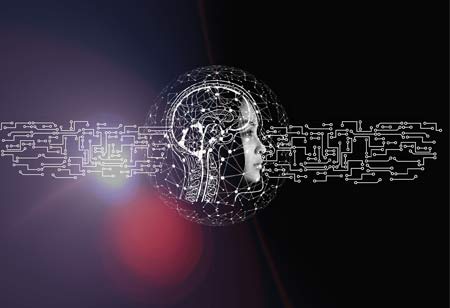THANK YOU FOR SUBSCRIBING
Be first to read the latest tech news, Industry Leader's Insights, and CIO interviews of medium and large enterprises exclusively from Education Technology Insights
Exploring the Challenges of Online Learning
Synchronous learning, microlearning and asynchronous learning are some of the top challenges of online learning.

By
Education Technology Insights | Tuesday, September 10, 2024
Stay ahead of the industry with exclusive feature stories on the top companies, expert insights and the latest news delivered straight to your inbox. Subscribe today.
Synchronous learning, microlearning and asynchronous learning are some of the top challenges of online learning.
FREMONT, CA: Online learning, also known as eLearning, has risen in popularity in recent years. It refers to any learning that can be done using one's own devices and an internet connection. The best aspect is that students may learn online from anywhere in the world.
Online learning has gained a place in the education business because it provides students with greater accessibility and flexibility, allowing them to choose the learning style that works best for them. It can also be more cost-effective for both students and teachers, reducing the administrative costs involved with in-person learning.
Online learning should be considered to be an umbrella term for all the various types of eLearning available today. There are numerous methods for learning or teaching online, and there is no one proper way to approach online education.
Significant challenges with online learning
Synchronous learning: Synchronous learning is excellent for student participation, but there are a few major challenges to consider. This online learning method is very similar to in-person lectures, so if students learn best in person, this is their next best option because it emphasizes live lectures and student engagement. However, synchronous courses only sometimes provide the flexibility that is typically needed for online learning. In fact, those in various time zones may need help to participate in this form of eLearning. Some students may also need help locating a quiet and secluded setting to properly participate in lectures. Furthermore, if there are any internet issues, students risk losing out on precious class time, especially if lectures are not recorded.
Microlearning: Microlearning is designed for learners who want to comprehend the concept of a subject quickly and have limited time. Due to time constraints, microlearning makes it difficult to learn complex concepts or construct skills. This confines microlearning to a few concepts, resulting in a more surface-level learning experience. Microlearning also increases the danger of fragmented learning if the course needs to be better managed, which can irritate students. As a result, it can be difficult to track student success and progress while using microlearning.
Asynchronous learning: Asynchronous classes can be very comparable to synchronous learning but lack the live "in-person" component. While there are deadlines and due dates to complete, students have greater control over how and when they learn and can manage their time in a way that fits their schedule.
The primary issue with asynchronous learning is the need for more personal connections and peer-to-peer support. Another significant difficulty is that it can be difficult to gain instant instructor feedback or assistance—there will almost certainly be a delay before an instructor can answer a query, severely affecting the learning experience. Asynchronous courses are also noted for their lack of structure, which can lead to students needing clarification and motivation.







